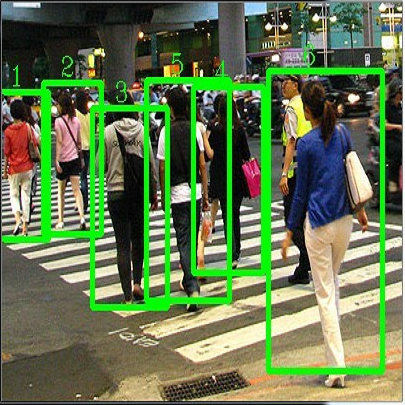Currently, existing state-of-the-art 3D object detectors are in two-stage paradigm. These methods typically comprise two steps: 1) Utilize region proposal network to propose a fraction of high-quality proposals in a bottom-up fashion. 2) Resize and pool the semantic features from the proposed regions to summarize RoI-wise representations for further refinement. Note that these RoI-wise representations in step 2) are considered individually as an uncorrelated entry when fed to following detection headers. Nevertheless, we observe these proposals generated by step 1) offset from ground truth somehow, emerging in local neighborhood densely with an underlying probability. Challenges arise in the case where a proposal largely forsakes its boundary information due to coordinate offset while existing networks lack corresponding information compensation mechanism. In this paper, we propose BANet for 3D object detection from point clouds. Specifically, instead of refining each proposal independently as previous works do, we represent each proposal as a node for graph construction within a given cut-off threshold, associating proposals in the form of local neighborhood graph, with boundary correlations of an object being explicitly exploited. Besides, we devise a lightweight Region Feature Aggregation Network to fully exploit voxel-wise, pixel-wise, and point-wise feature with expanding receptive fields for more informative RoI-wise representations. As of Apr. 17th, 2021, our BANet achieves on par performance on KITTI 3D detection leaderboard and ranks $1^{st}$ on $Moderate$ difficulty of $Car$ category on KITTI BEV detection leaderboard. The source code will be released once the paper is accepted.
翻译:目前,现有最先进的3D物体探测器处于两阶段范式中,这些方法通常包括两个步骤:(1) 利用区域建议网络,以自下而上的方式提出部分高质量建议;(2) 调整和汇集拟议区域的语义特征,以总结RoI的表示方式,以便进一步完善。请注意,这些步骤2中的RoI逻辑表示方式,在提供给检测头目的时,单独被视为与图表相关的输入点。然而,我们观察到这些提议是由步骤1产生的,从地面真相中抵消,以某种方式抵消,在本地社区密集出现,具有潜在可能性;如果一项提议主要以自下而上的方式放弃其边界信息,以协调方式提出高质量的建议;(2) 调整和汇集拟议区域的语义性特征,以便从点云中对3D物体进行检测。具体地说,我们不象以前的工作那样独立地对每项提议加以完善,而将本地社区指标图表形式中的建议与目标的边界源关系加以明确利用。此外,我们还设计了一种较轻的域级级的域域域域域标,即不断升级的域域域域域域图,逐渐扩展的域域域域域图,将利用我们17级的域域域域域域域域域域域图的域域域域域域域域域域域域图,而逐渐扩展的域域域域域域域域域域域图。





